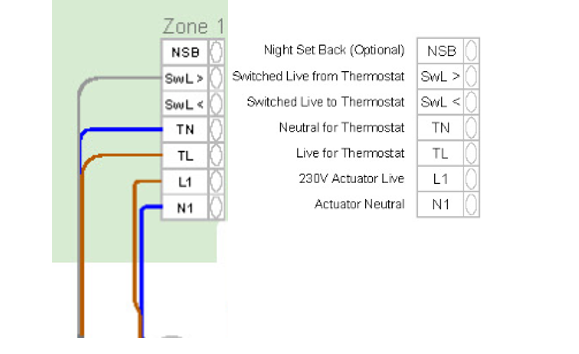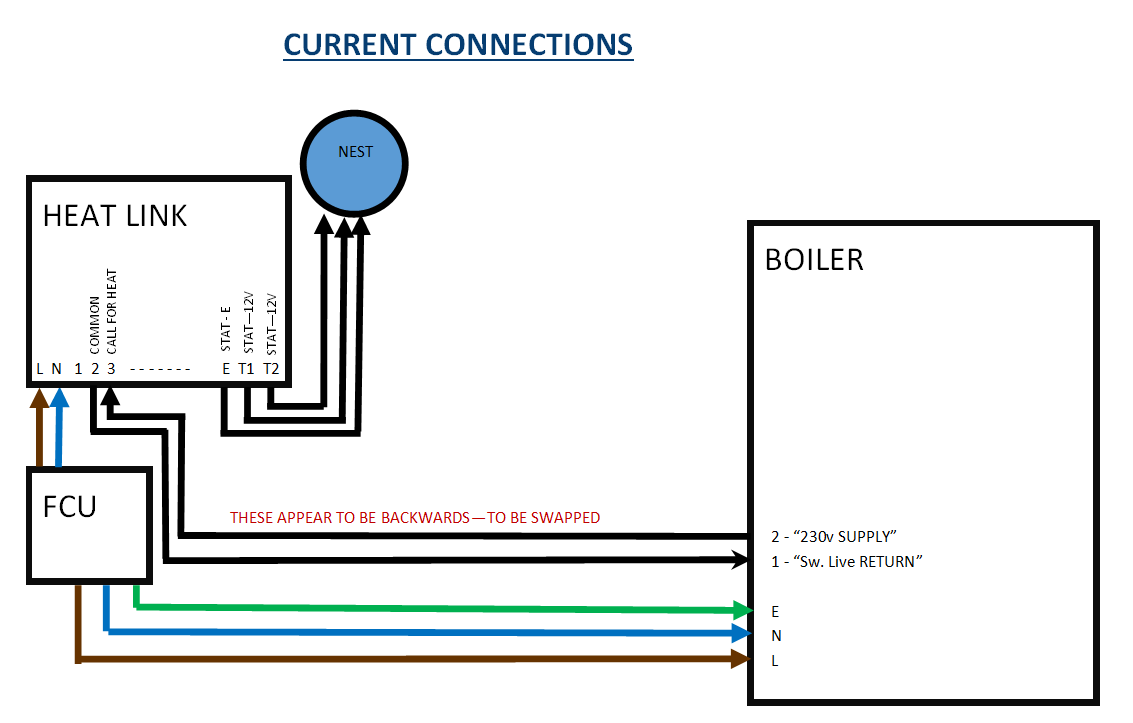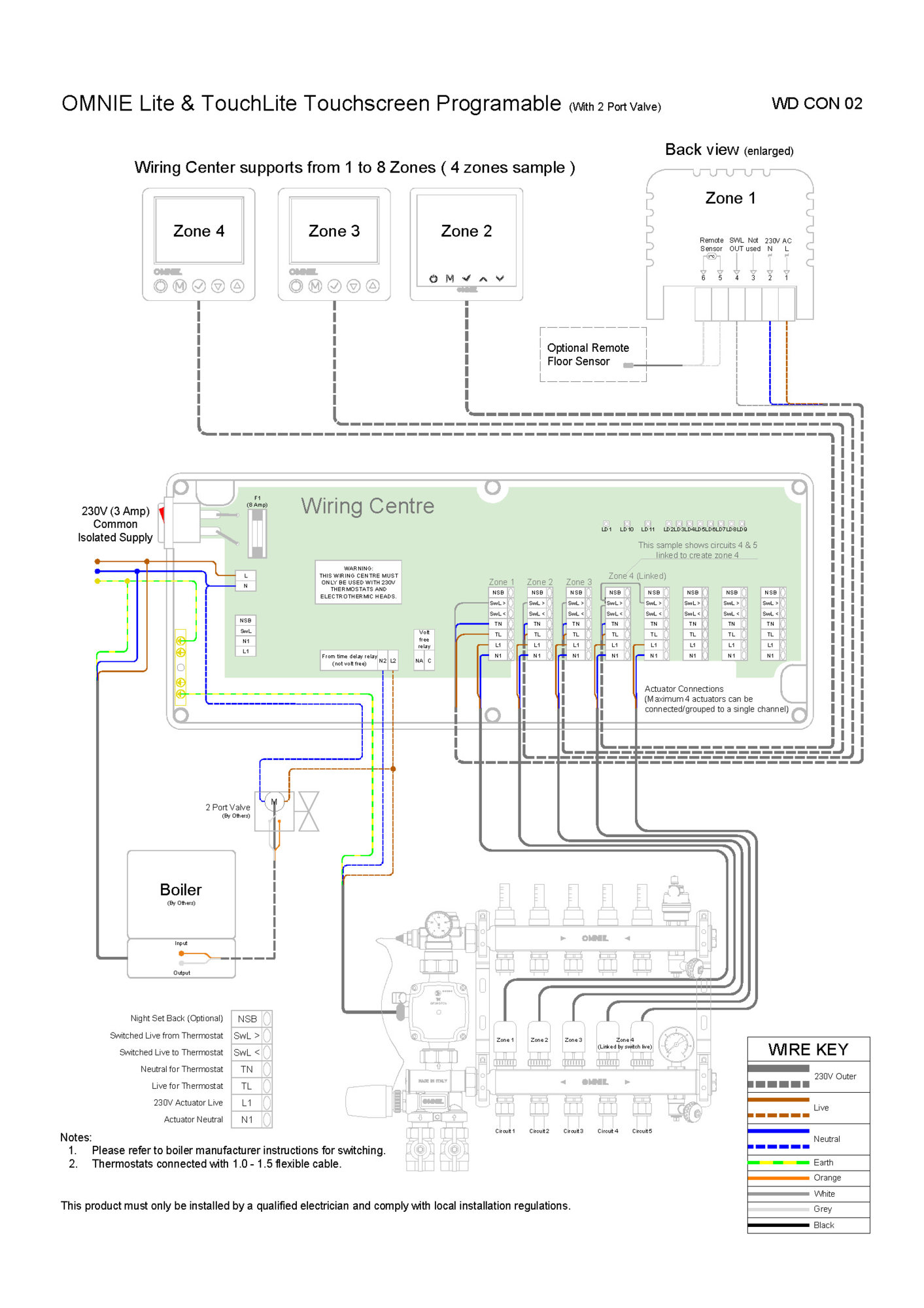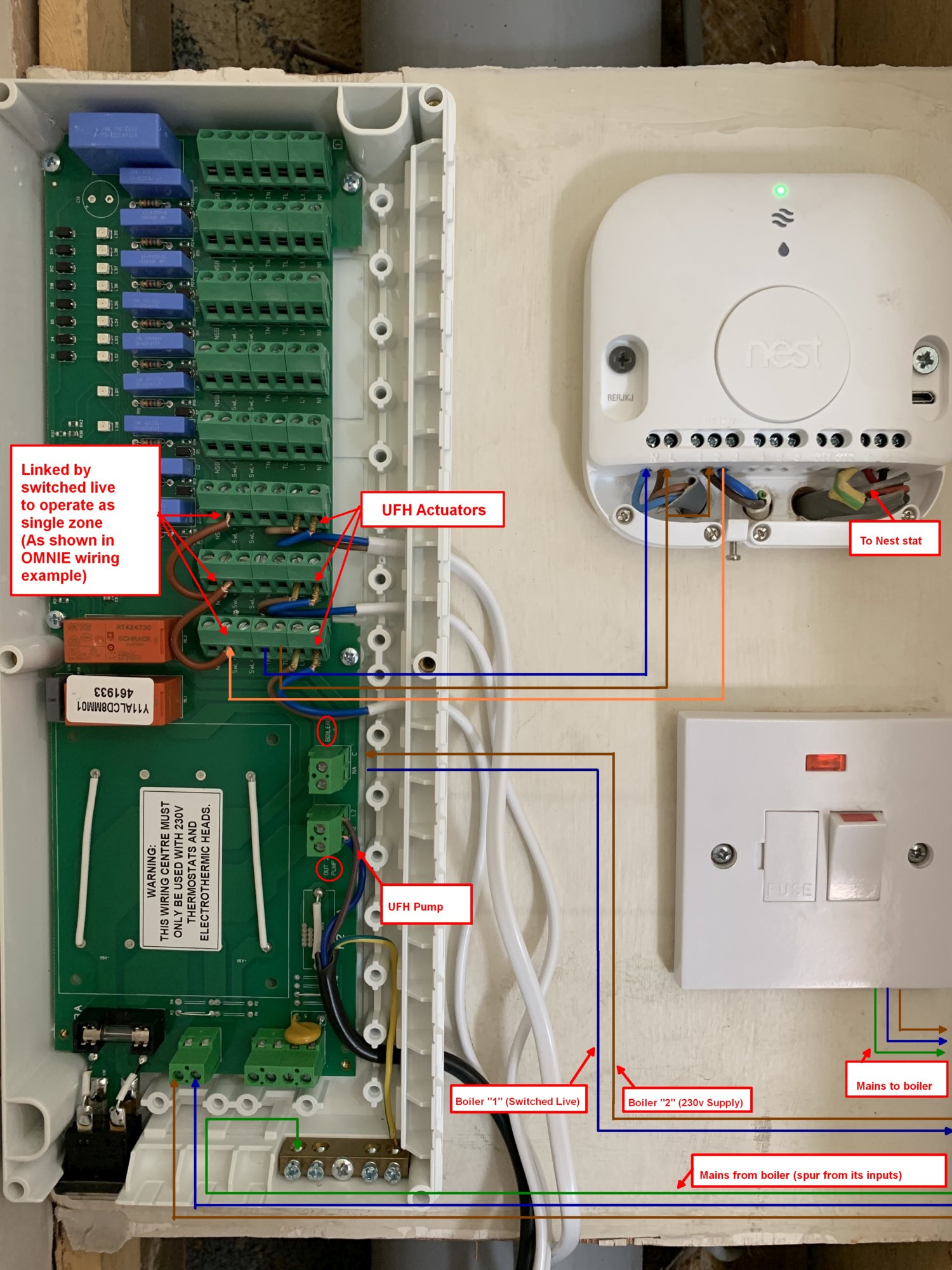- Joined
- 4 Aug 2017
- Messages
- 73
- Reaction score
- 1
- Country

Hi all,
I have an existing Baxi EcoBlue Advance combi boiler controlled by a Nest 3rd gen via Heat Link.
I’ve just installed an Omnie UFH system (wet, boiler fired) and am trying to connect up its wiring centre, with it being controlled by the same Nest (as opposed to Omnie’s own thermostat). So one thermostat for the whole house including the UFH.
At the moment it works from a plumbing perspective without the wiring centre, but I have to turn the UFH pump on/off manually, rather than it kicking in when the Nest calls for heat and fires up the boiler.
So the bonus question first:
While reading up on this I was looking at the connections from Heat Link to the boiler (starting at the beginning!) and they seem the wrong way around from the docs I’ve read?
So I have:
Heat Link connector 2 > Boiler connector 1
Heat Link connector 3 > Boiler connector 2
The Nest manual states:
Connector 2: Heating relay common
Connector 3: Heating relay normally open/call for heat
And the boiler manual, for its connectors:
“The 230V supply at connection 2 must be connected to the thermostat. The switched output from the thermostat must be connected to connection 1”
Am I reading this wrong? Shouldn’t the boiler connection 2 be going to the Heat Link’s Common, and the call for heat going back to the boiler’s connection 1?
If so, how is the boiler working normally now?!
I was quite close (I think!) to understanding how the Omnie would wire in until I saw this but maybe I’m misunderstanding how the switched lives work?
thanks!
I have an existing Baxi EcoBlue Advance combi boiler controlled by a Nest 3rd gen via Heat Link.
I’ve just installed an Omnie UFH system (wet, boiler fired) and am trying to connect up its wiring centre, with it being controlled by the same Nest (as opposed to Omnie’s own thermostat). So one thermostat for the whole house including the UFH.
At the moment it works from a plumbing perspective without the wiring centre, but I have to turn the UFH pump on/off manually, rather than it kicking in when the Nest calls for heat and fires up the boiler.
So the bonus question first:
While reading up on this I was looking at the connections from Heat Link to the boiler (starting at the beginning!) and they seem the wrong way around from the docs I’ve read?
So I have:
Heat Link connector 2 > Boiler connector 1
Heat Link connector 3 > Boiler connector 2
The Nest manual states:
Connector 2: Heating relay common
Connector 3: Heating relay normally open/call for heat
And the boiler manual, for its connectors:
“The 230V supply at connection 2 must be connected to the thermostat. The switched output from the thermostat must be connected to connection 1”
Am I reading this wrong? Shouldn’t the boiler connection 2 be going to the Heat Link’s Common, and the call for heat going back to the boiler’s connection 1?
If so, how is the boiler working normally now?!
I was quite close (I think!) to understanding how the Omnie would wire in until I saw this but maybe I’m misunderstanding how the switched lives work?
thanks!






